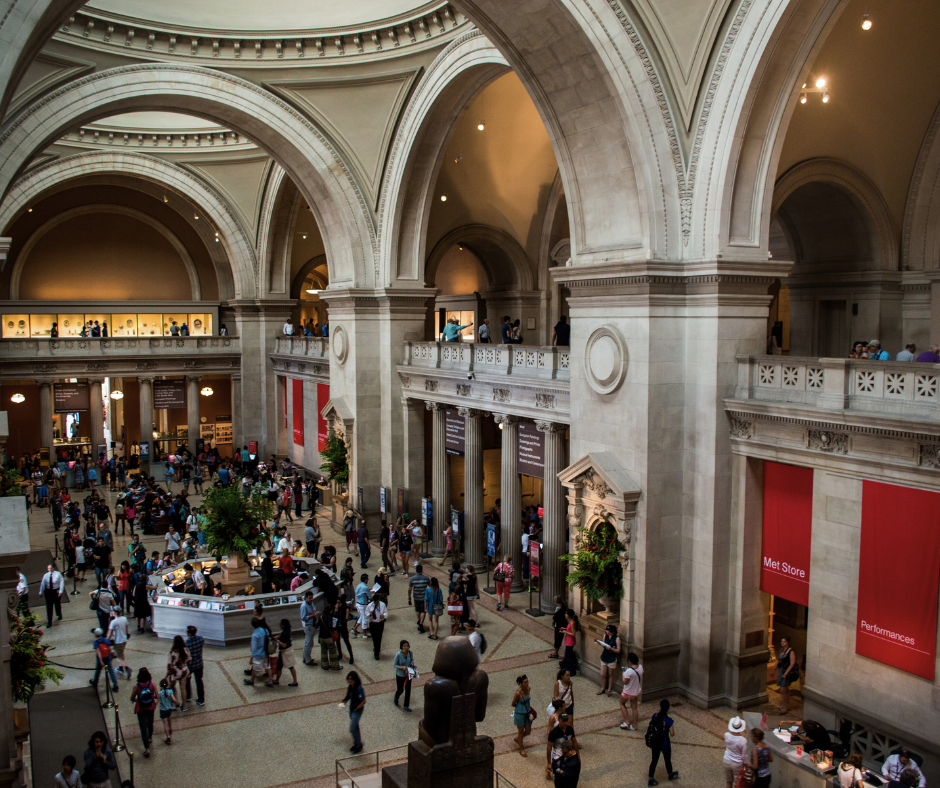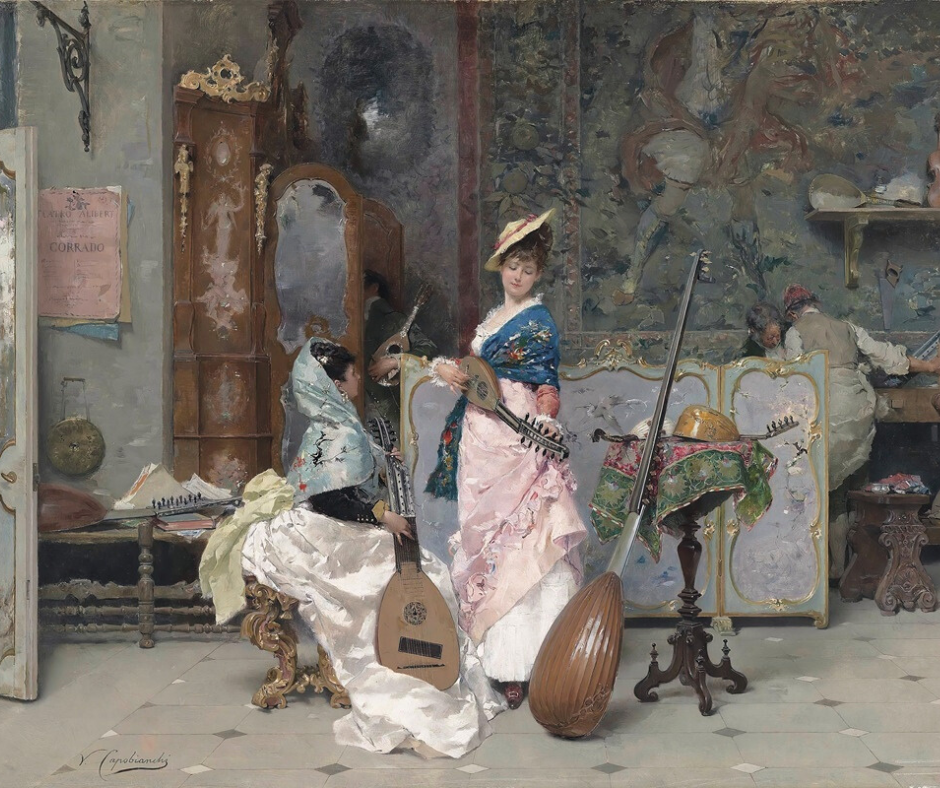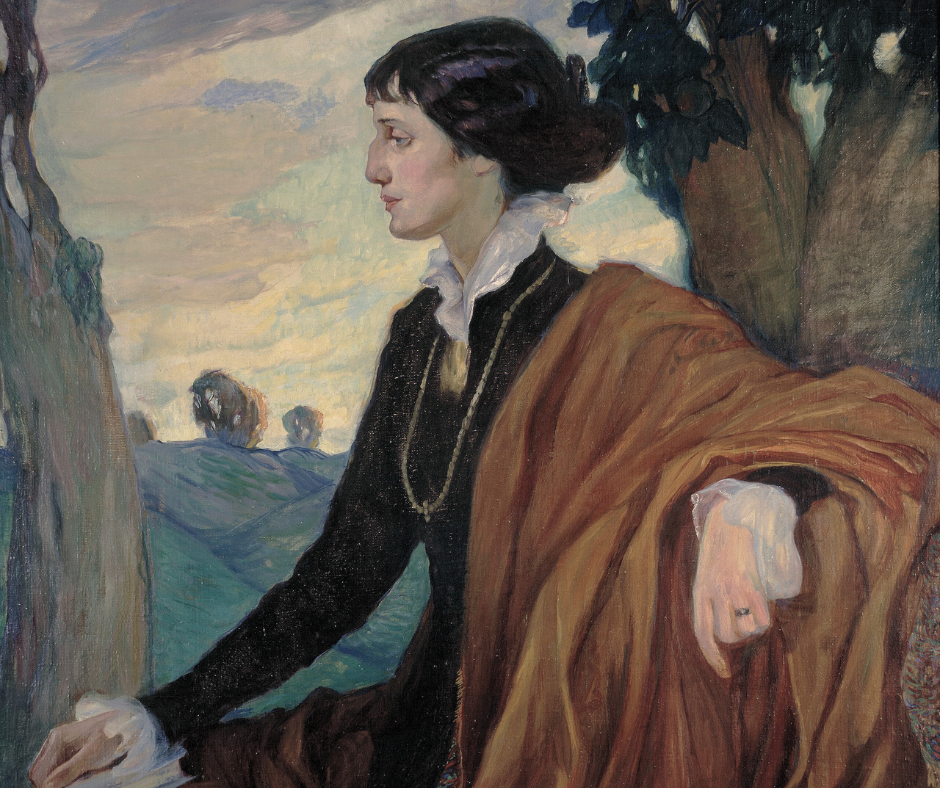
Three Complex Art Pieces Inspired by the Parent-Child Relationship
Summary
As children head back to school, we reflect on the complexity of the parent-child relationship. This article highlights three powerful works of art—Mary Cassatt’s Mother and Child, Michelangelo’s Madonna of Bruges, and Carrie Mae Weems’s Untitled (Woman and Daughter with Children)—that explore the multifaceted emotions of parenthood, from love and tenderness to foreboding loss and the raw realities of motherhood. These pieces challenge us to reflect on the transformative and sometimes challenging nature of the parent-child bond.
Reflection Questions
How do these three pieces portray the complex emotions and challenges that come with parenthood, beyond the traditional ideals of love and nurturing?
In what ways does Michelangelo’s Madonna of Bruges challenge traditional representations of maternal love and loss?
How does Carrie Mae Weems’s Kitchen Table Series reflect the real, sometimes messy, and often performative aspects of motherhood?
Journal Prompt
Reflect on a moment when you experienced the bittersweet aspects of parenthood or your own relationship with your parents. How do these complex feelings influence the way you approach the connection between generations? Consider how art might help express or explore these emotions in a more meaningful way.
As children head back to school, now is the perfect time to reflect on the powerful, sometimes challenging bond between parents and their children. This relationship has long captivated artists. Works of art that focus on this bond evoke deep emotion in exploring themes of love, protection, growth, and the inevitable separation as children start to chart their own paths. Of course, the latter often begins with their first days at school.
Whether in painting, sculpture, or photography, these works reflect the transformative nature of parenthood. They remind us of the unbreakable connection between generations, as well as the intricate emotional terrain parents navigate as they guide their children. Below, we highlight three pieces that thoughtfully capture the complexity and profundity of this relationship.
Three Complex Works of Art Inspired by the Parent-Child Relationship
“Mother and Child” by Mary Cassatt
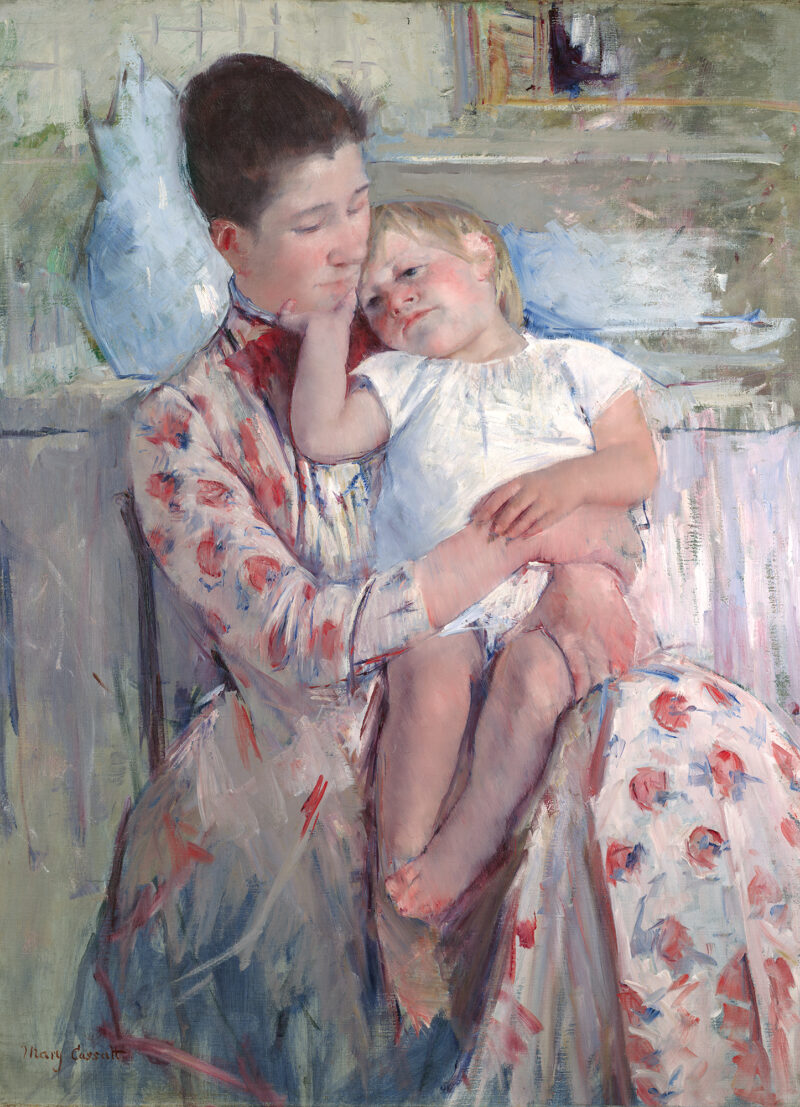
Of course, Mary Cassatt launches this list. Mary Cassatt’s Mother and Child (c. 1890) portrays a quiet, intimate moment between a mother and her child. In this piece, a simple, flowered dress and relaxed domestic setting draw attention to the tender, unpretentious bond between two figures. The mother wraps her arms around her child while the toddler’s relaxed form implies trust between the too.
With its bold brushstrokes, subtle background, and blurred face of the woman, Cassatt’s minimalist approach gives form to the raw, everyday nature of motherhood. Rather than idealizing the scene, Cassatt grounds it in reality to accurately portray the authenticity and depth of the mother-child connection.
“Madonna of Bruges” by Michelangelo
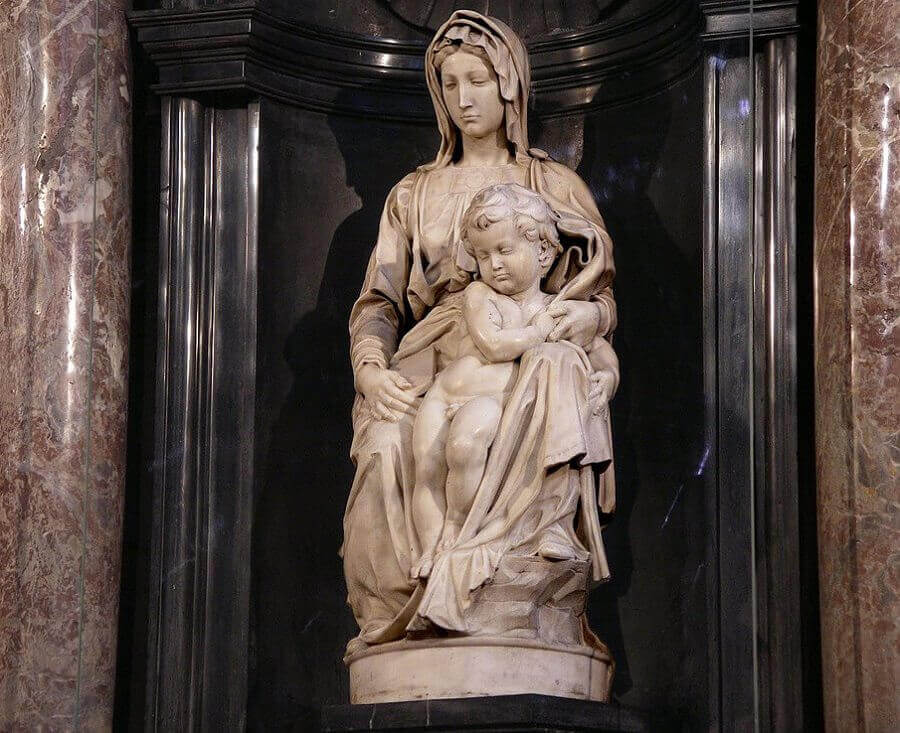
Unlike traditional depictions of the Madonna, Michelangelo presents Mary in a moment of quiet contemplation while holding Christ. Her gaze is turned downwards but away from the Christ child as if foreseeing the fate that awaits her son. Standing and almost unsupported by his mother, Christ seems poised to step away into the world, which may symbolize the inevitable separation between him and the Virgin Mary.
Fuel your creative fire & be a part of a supportive community that values how you love to live.
subscribe to our newsletter
*please check your Spam folder for the latest DesignDash Magazine issue immediately after subscription

This work captures the profound tension between maternal tenderness and the knowledge of impending loss. Michelangelo’s inimitable talent shines through in the lifelike forms and the emotional depth conveyed by Mary’s expression and posture. This interpretation of the mother-child relationship is far from sentimental. It is an intimate, almost unsettling portrayal of the bond between mother and child.
As many mothers know, the love they feel for their children is filled with both ferocity and foreboding.
“Untitled (Woman and daughter with children)” by Carrie Mae Weems
Carrie Mae Weems’s Untitled (Woman and Daughter with Children) from her Kitchen Table Series (1990) captures an intimate moment between a woman, her daughter, and their children. In this gelatin silver print with herself at the center, Weems explores the complexities of familial bonds and the dynamics of motherhood.
The stark kitchen setting places its figures on a “stage,” which makes the characters’ poses feel both personal and performative. Such a stripped-down environment draws focus to the emotional weight and tension between Weems’ subjects. The woman is still, while her children move about it a blur around her. Like the Madonna, the mother casts her gaze beyond her children. In this way, the Kitchen Table Series is timeless.
“I use my body as a landscape to explore the complex realities of the lives of women.”
Final Thoughts
These three works of art capture the complexity and depth of the parent-child relationship in ways that transcend typical portrayals of that bond as solely loving and nurturing. Whether through the intimate snapshot of Cassatt’s mother and child, the foreboding knowledge of loss in Michelangelo’s Madonna of Bruges, or the raw, real-life depiction of motherhood in Weems’s Kitchen Table Series, each piece challenges us to reflect on the multifaceted emotions that come with parenthood.
As we usher in a new school year, we hope these works remind you that the connection between parent and child is not always easy or straightforward, but it is still a source of immense, incomparable inspiration and fulfillment.
Written by the DesignDash Editorial Team
Our contributors include experienced designers, firm owners, design writers, and other industry professionals. If you’re interested in submitting your work or collaborating, please reach out to our Editor-in-Chief at editor@designdash.com.







